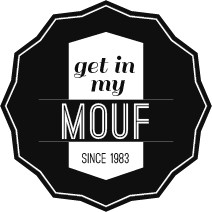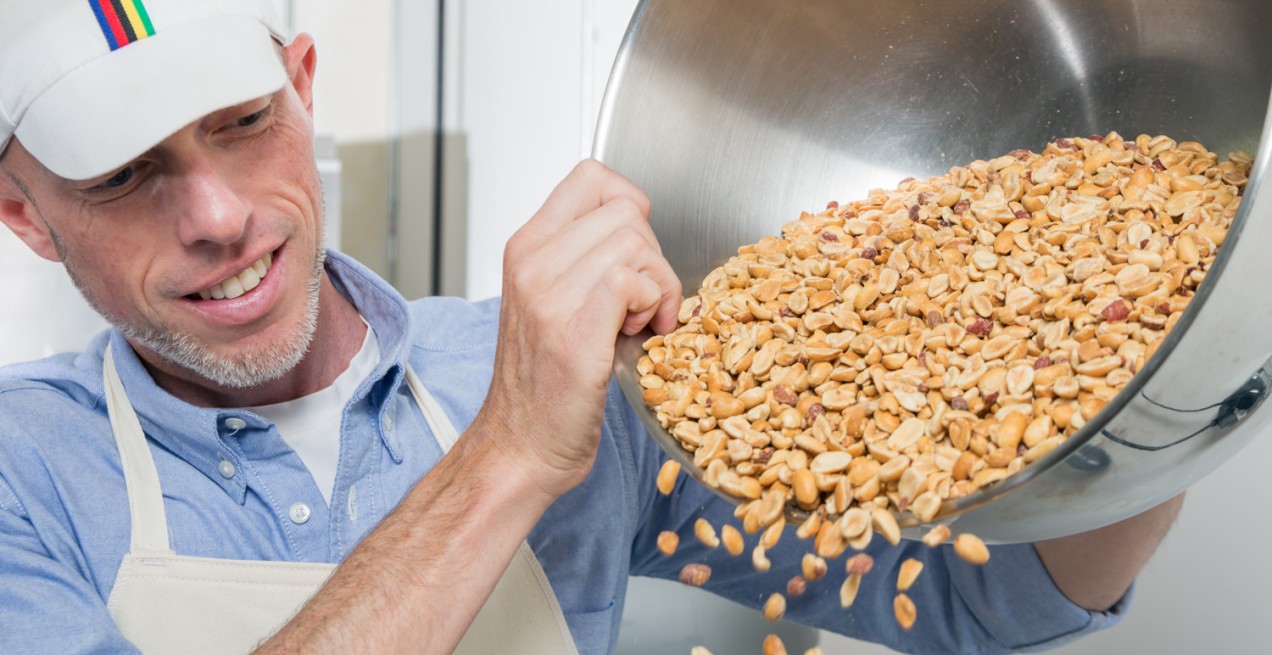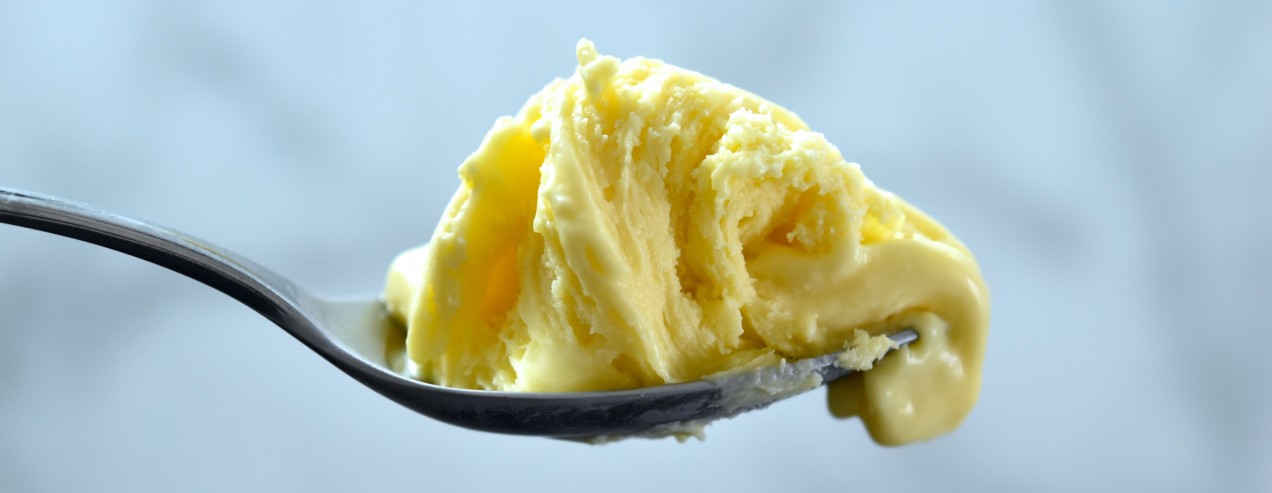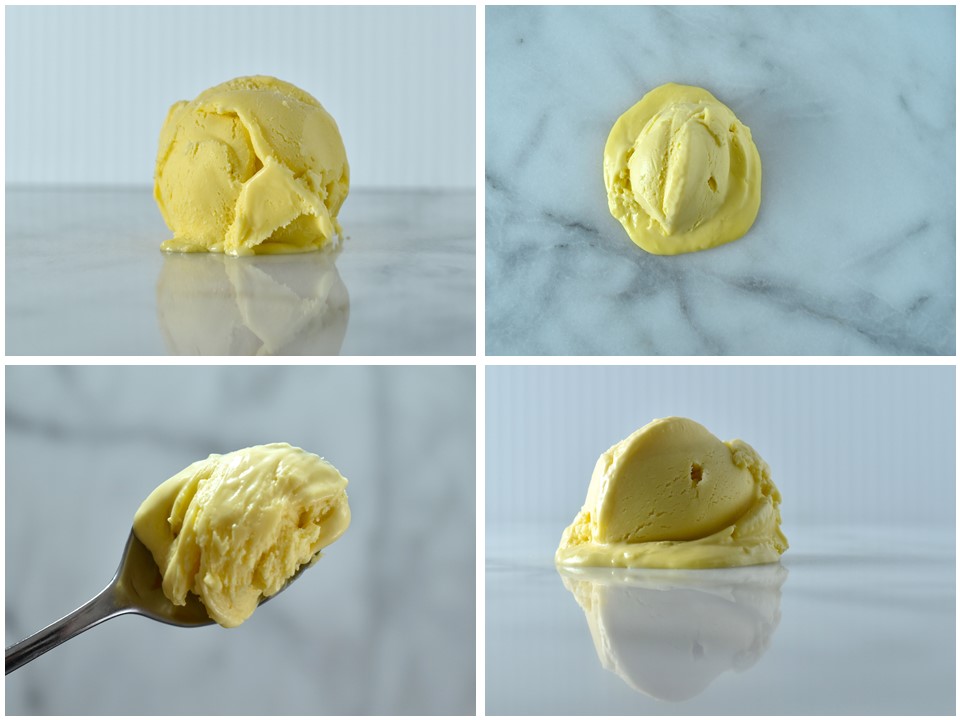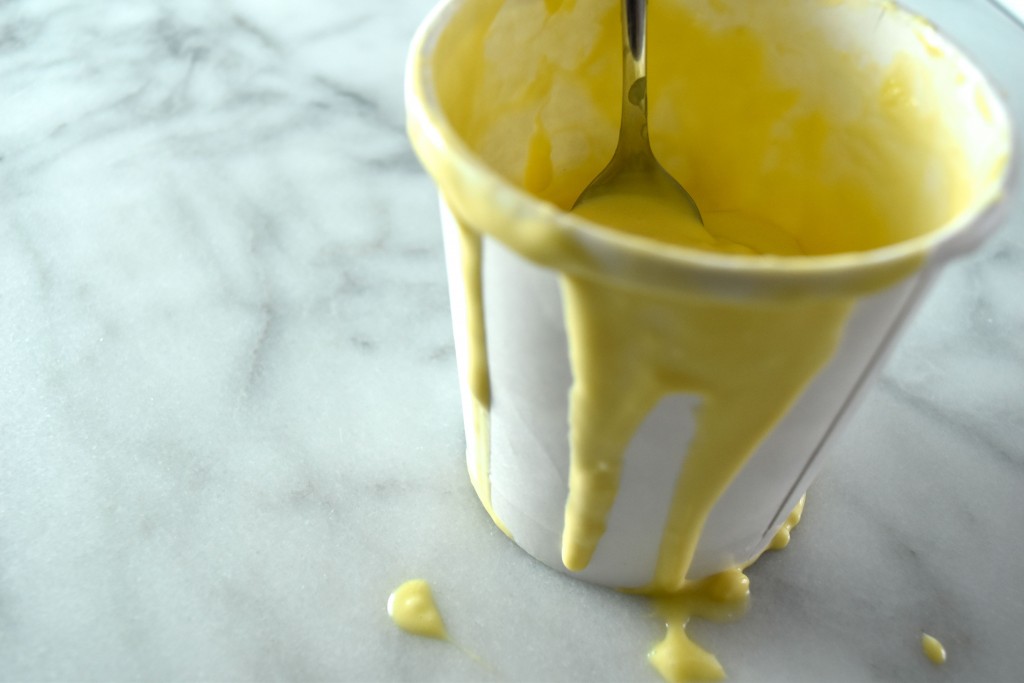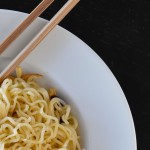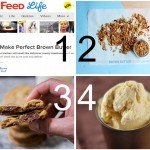To say that Big Spoon Roasters‘ nut butter is better than the smooth or chunky peanut butters found on the shelf of most super markets is not only an understatement in flavor, but an epic understatement in inspiration.
Our first encounter with the small-batch nut butters was simply seeing a jar of Chai Spice on the shelf of one of our favorite local shops, Red Truck Bakery. And, yes, that Chai Spice jar was quickly devoured because it was nothing like any of the other peanut butters I had ever had, but it wasn’t until I started learning a bit about the company that it became clear why it was so good.
Highly Recommended: Chai Spice Nut Butter from @bigspooners pic.twitter.com/CCjhRcVN8b
— Evan Shaw (@getinmymouf) January 10, 2016
It’s easy to claim to practice ethical standards for food sourcing. It’s easy to boast about how valuable employees are. It’s easy to slap a label on your product that lists every popular industry catch phrase. But the company’s founder, Mark Overbay, practices what he preaches. From sourcing quality, sustainable ingredients, to paying employees fair wages and treating them with respect, Mark’s obsession with doing what is right is reflected in each jar of Big Spoon Roasters nut butter (I highly recommend checking out this Bon Appétit article for the full story on how Big Spoon Roasters came to be).
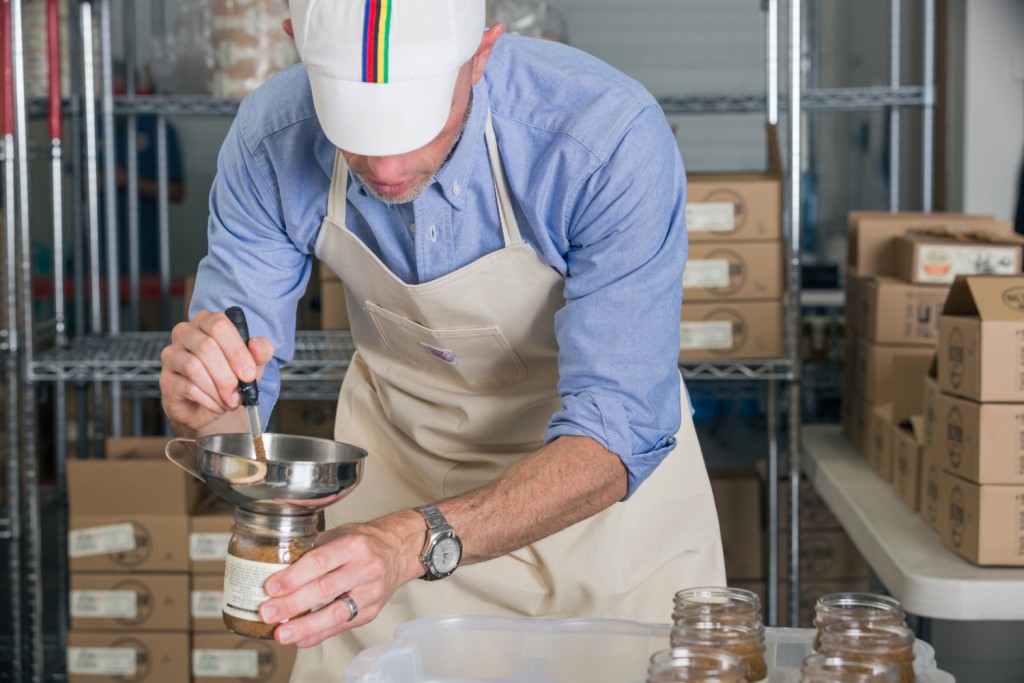
Photo courtesy of Mark Overbay – Big Spoon Roasters
We’re quickly working our way through Big Spoon Roasters’ flavors with a pace of about a jar per week, but so far the Chai Spice has been wonderfully addicting. The Peanut Cocoa is also a great afternoon snack and I’ve heard good things about the Espresso. My personal preferences include eating it with tart Granny Smith apples, atop vanilla ice cream, and–more often than not–by the spoonful straight outta the jar. My only piece of constructive criticism would be a shallower container, so that I could lick the bottom.
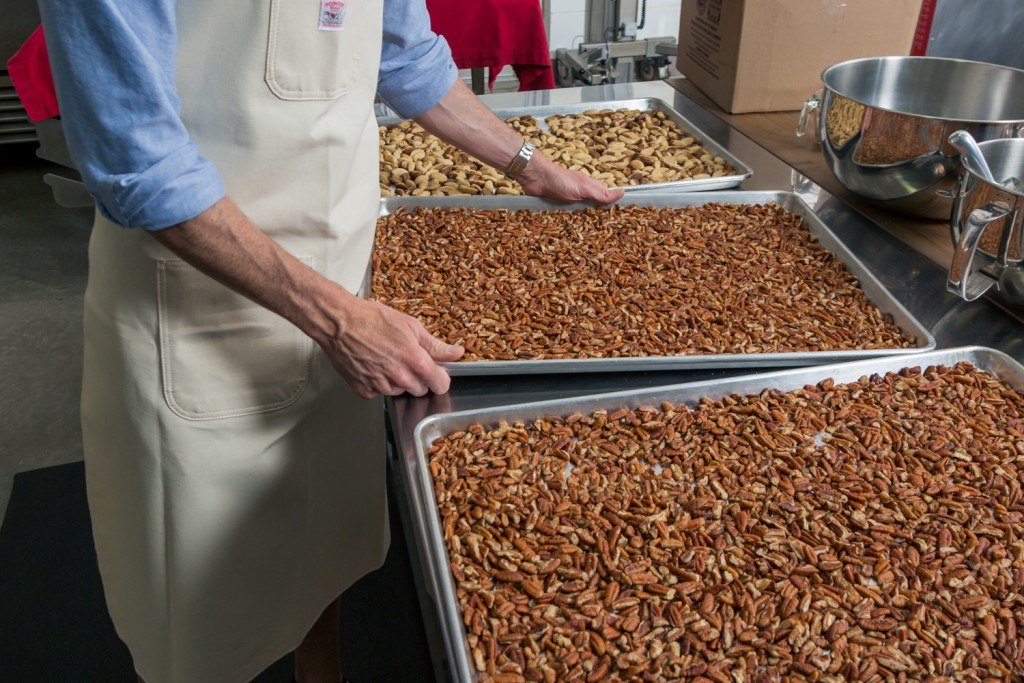
Photo courtesy of Mark Overbay – Big Spoon Roasters
We’re really excited to share this month’s 11 Questions with Mark Overbay, because just like his jars of nut butter, the answers are filled with delicious inspiration.
1. Big Spoon was inspired by the fresh peanut butter you enjoyed in Zimbabwe while serving as a volunteer for the Peace Corps. Are there any other products or flavors that you’ve experienced during other trips around the world that you would like to bring to back home with you?
Definitely! Food is a thread that connects all people, and experiencing other food cultures is one of the best things about traveling. You don’t necessarily have to travel around the world to experience other food cultures, though. Ask anyone in the American South for a cornbread recipe and you’re likely to get a different answer from each person. I’ve been lucky enough to do a bit of international travel, though, and food highlights include grilled beef with perfect avocados and chunky salt in Chile; tender smoked octopus and Basque wine on the Mediterranean coast of Spain; venison stew thick with carrots and parsnips in St. Andrews, Scotland; falafel in Paris; and the pizzas of Bologna, Rome, and Naples.
2. Do you have a target number of new products that you try to launch each year, or do you release new flavors as you discover them?
We do not set targets for the number of new recipes we’d like to release per year. I do not judge those who do set such targets, but our new recipes are driven more by inspiration than dates on a calendar. That said, I have dozens of nut butter and bar recipes in the hopper, so to speak, and we usually end up introducing at least one new nut butter per year. In fact, I’m working on a new recipe now that we hope to roll out this spring. We also occasionally make one-off, super small-batch, seasonal nut butters for special events in our region. Examples include Pecan Sorghum Butter, Almond Walnut Butter, Peanut Pepita Butter, and Vanilla Cashew Brazil Nut Butter.
3. What’s the most unconventional way that you’ve seen people use your nut butter? (Either in a dish, or even a non-food use).
A lot of folks have used our nut butters to make sauces–sweet, savory, and spicy. For instance, our Peanut and Peanut Cashew Butters are excellent bases for a Southeast Asian style dipping sauce like this one. The most unconventional use I can recall is when someone wrote in that they were using our Chai Spice nut butter as the base for carrot cake frosting, instead of cream cheese. Sounds good to me!
4. You’re based in Durham, NC; what restaurant is one of your go-to lunch spots and what do you order?
For so many reasons, starting with the number and quality of local farms, the food community in this part of NC is AMAZING! I don’t eat out for lunch often, but when I do, my go-to Durham list includes Toast, Pizzeria Toro, Scratch, Rose’s, Dos Perros, and, if near Chapel Hill, The Pig and Neal’s Deli.
5. Durham is turning out to be quite a strong community for food, ethical food production, and innovation. Are there any other lesser-known food cities/communities that you’ve discovered since forming Big Spoon?
Gosh, I feel like with social media taking over the world, it’s difficult for any community producing quality products to be “lesser known” any more (that’s not necessarily a bad thing), but there are some somewhat unheralded gems out there. This was long before starting Big Spoon Roasters, but I used live on Bainbridge Island, WA, and the communities on and around the Olympic Peninsula have wonderful pubs, cafes, and farmers’ markets that remind me of Scotland and Wales. Tiny Hillsborough, NC, has one of the best restaurants in the Southeast in Panciuto.
6. Have any of Big Spoon’s nut butter flavors been more popular than expected?
Honestly, all of our recipes have exceeded any expectations I’ve had in terms of popularity (knock on wood). You make something that you think is delicious and hope that others will, too. We do quite a bit of palate training and development here among our small staff of employees, so are all pretty well calibrated, but you never know how the public at large will react to something you make.
7. The blog portion of your website is full of stories, anecdotes, and quotes relating to inspiration and positive energy. Did you ever hit a point early on in the process of starting (or shortly after starting) Big Spoon that made you question whether or not the business would work out? If so, what inspired you to keep going?
Thanks for noticing that! We just launched the blog in October 2015 because I felt like we needed another form of communication that could articulate more of who we are and what we do beyond typical website “about us” content, social media, and our physical packaging. Sure, there have been doubts and inner debates about the livelihood of the business, but I’ve always believed that the business would survive if we kept our primary focus on the quality and integrity of our work, i.e. our recipes and products.
8. What is one quote or mantra that you consistently tell your employees to keep them motivated?
Thankfully, we don’t need a mantra or quote to keep members of our team motivated. It’s an old adage, but employees truly are our most valuable assets, and I believe in treating employees in ways that make that evident to them. In other words, employees should know that they matter, that their work matters, and that one of our goals as a business is to provide them with a living wage and the resources they need to lead an inspired, fulfilled life. The closest thing we have to a mantra might be, “how we do anything is how we do everything,” which to us means that we strive to be present in every moment, to devote our full attention to creating quality, and that no detail in our process–from measuring salt to taping up a box–is too small to ignore.
9. Clearly you work incredibly hard to achieve nut butter perfection; if you have an entire day off–let’s say you’re not allowed to work–what do you do to relax and unwind?
I love spending time with my wife, Megan, and our Vizsla, Rioja, more than anything. When I’m with them hiking in the woods, playing on the beach, or simply relaxing on the couch at home, the rest of the world disappears.
10. I know quality sourcing is important to your business; are there any other nut varieties that you would love to incorporate into a nut butter, but haven’t been able to find the quantity or quality required to meet your standards?
Sourcing is incredibly important to us. I tried more than 20 types of almonds before settling on the heirloom Mission variety, which we exclusively use in our nut butters and bars. I’ve actually experimented with every type of nut that I know in test recipes, and even though I don’t work with many of them, I’ve researched farm-direct sourcing for walnuts and hazelnuts. Walnuts are toxic to dogs, so I’m not keen on introducing them into our nut mills for fear of cross contamination, and while I often like the crunch and aroma of hazelnuts, they are probably my least favorite nut in terms of flavor (I find them astringent).
11. If you could teach any one person (living or passed) how to make nut butter; who would it be and why?
My great-grandfather, Woodrow Wilson Williams–who passed away just before my high school graduation–absolutely loved peanut butter, and he often told the story of the first time he tasted it, sold from a country store in rural Appalachia in the 1930s. He was a natural in the kitchen and it’s ironic to me that he could make so many even more laborious foods from scratch, and yet, like so many of us, he just accepted that peanut butter came in a jar from the local grocery store. If he knew how to make his peanut butter, his version would have been amazing, I know.
Thanks to Mark for the insightful and inspirational look into his passion-filled business of quality nut butters. Now go out and get your own jar!
Big Spoon Roasters
Durham, NC
Buy jars and bars online or find a retailer here.
Instagram: @bigspoonroasters
Twitter: @bigspooners
Facebook: facebook.com/bigspoonroasters
